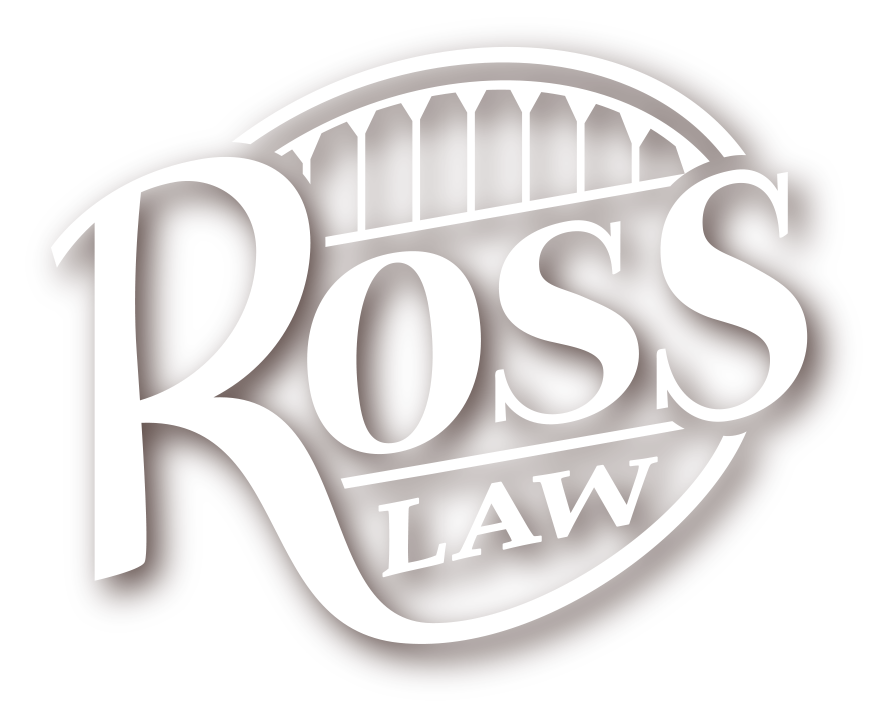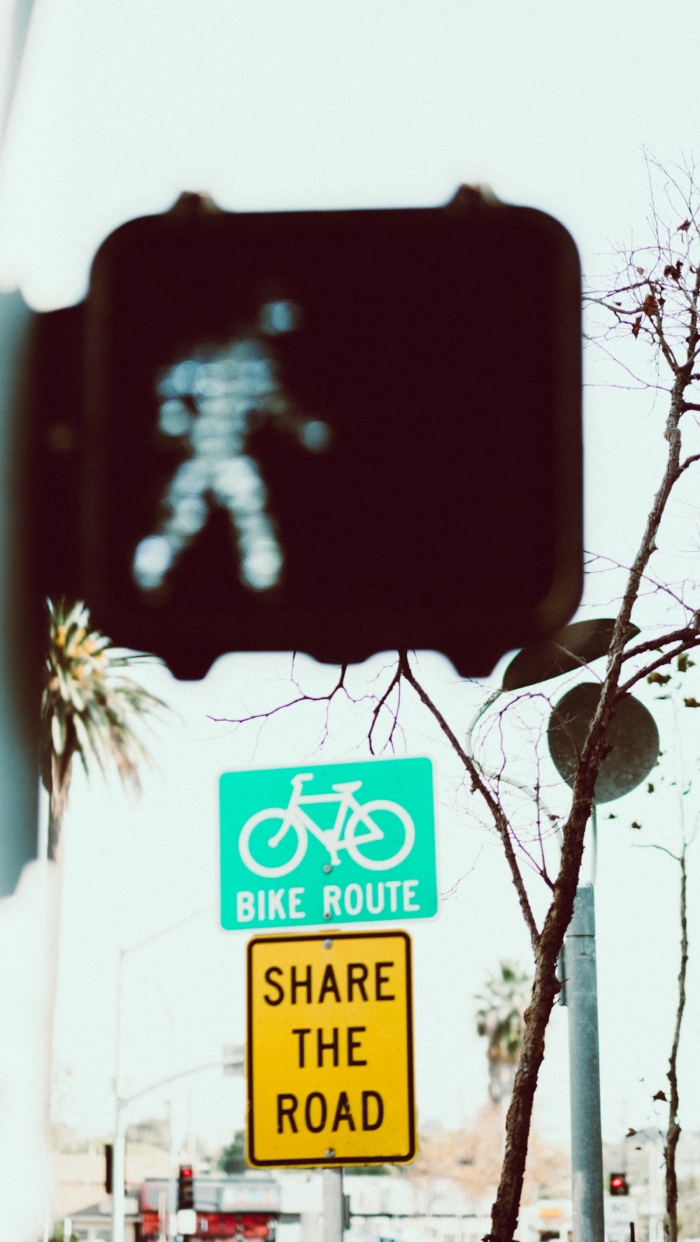Portland is known for its pedestrian and bike-friendly streets. However, things are much different on the East side of town past 82nd Ave. As a personal injury lawyer, I have represented people that have been injured at various Portland intersections. A couple of years ago I represented a pedestrian that was struck by a vehicle crossing the street at SE 82nd Ave and Division St. Thankfully my client was not injured too badly, relatively speaking. However, after some investigation, we determined there was an unusual number of "near misses" with pedestrians crossing the street in the late afternoon. Recently, Oregonlive published its list of "Portland's 10 Most Dangerous Intersections" and noted all of them are East of 82nd Ave. I was not surprised to learn that the intersection at 82nd and Division made the list.
Here is the rundown from the Oregonian:
No. 10: Southeast 148th Ave. and Stark St.
No. 9: Southeast 92nd Ave. and Holgate Blvd.
No. 8: Southeast 136th Ave. and Powell Blvd.
No. 7: Southeast 122nd Ave. and Powell Blvd.
No. 6: Northeast 122nd Ave. and Glisan St.
No. 5: Southeast 82nd Ave. and Division St.
No. 4: Southeast 174th Ave. and Powell Blvd.
No. 3: Southeast 122nd Ave. and Division St.
No. 2: Southeast 82nd Ave. and Powell Blvd.
No. 1: Southeast 122nd Ave. and Stark St.
Please slow down, remain vigilant, and be extra cautious around these intersections. Another person does not need to be injured due to the negligence of a driver. If you or someone you know has been injured at a Portland Oregon intersection call Portland Oregon personal injury lawyer Jeremiah Ross for your free case evaluation. Please remember Ross Law PDX represents pedestrians and cyclist throughout the state that have been injured by the negligence of others. We are here to help. Call 503.224.1658. Please note Oregonlive has done its own independent research, and Ross Law has not verified any of the information noted in this blog. This blog article could be considered personal injury Attorney Advertising.







